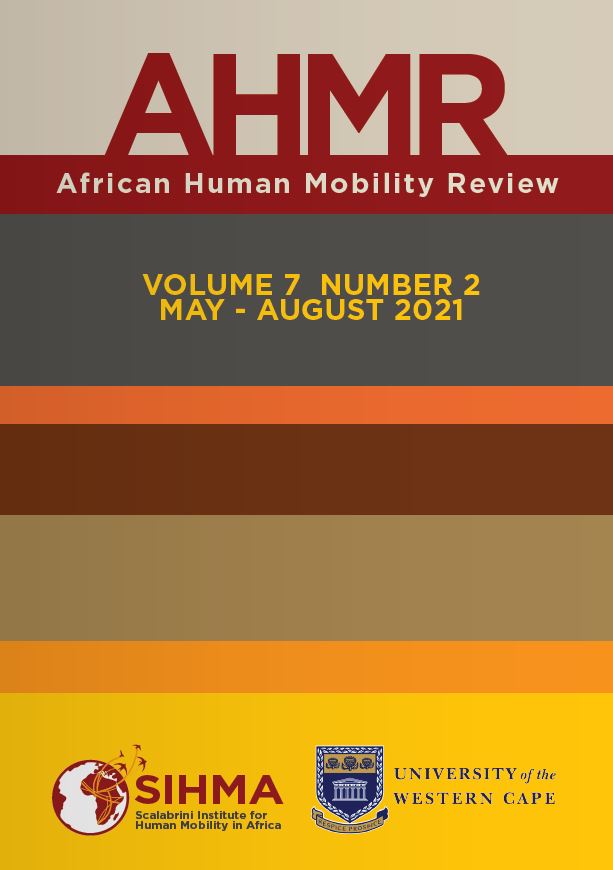Economic and Risk Perceptions Motivating Illegal Migration Abroad: Port Harcourt City Youths, Nigeria
Main Article Content
Abstract
This study contributes to the understanding of the economic and risk perceptions that motivate illegal migration among youths. Using the Theory of Reasoned Action and the Cultural Theory of Risk Perception, this study investigates the economic and risk perceptions related to the livelihood of male and female youths of Port Harcourt City about migration to Europe through the Sahara Desert and across the Mediterranean Sea. Qualitative research techniques were used to source data from Port Harcourt City youths on the lived experiences of irregular migrants in selected countries abroad. A thematic content analysis of the data revealed that the perception of many of the participants on opportunities for decent work abroad is informed by what they see in western films and read on social media platforms. The anticipation of a better life and the hope of earning a stable income motivate them to undertake unsafe migration journeys abroad, regardless of the risks. The study further established that the majority of the youths who embark on dangerous journeys lack in-depth knowledge of the associated risks of traveling through the desert and across the sea, including the dangers of living abroad as undocumented migrants. Based on these findings, the study recommends the need for more awareness-creation and enlightenment of the youths to fully understand the risks and negative aspects of the illegal movement. It also recommends that government agencies and stakeholders in the international community collaborate towards implementing sustainable interventions that will build the resilience capabilities of youths against illegal migration.
Metrics
Article Details
Articles and reviews in AHMR reflect the opinions of the contributors. AHMR allows the author/s to retain full copyright in their articles. This is an open access journal which means that all content is freely available without charge to the user or his/her institution. Articles are made available under a Creative Commons license (CC-BY-4.0). Authors who have published under a CC BY 4.0 licence may share and distribute their article on commercial and non-commercial websites and repositories of their choice. Users are allowed to read, download, copy, distribute, print, search, or link to the full texts of the articles, or use them for any other lawful purpose, without asking prior permission from the publisher or the author/s provided the author/s is correctly attributed. This is in accordance with the BOAI definition of open access.




